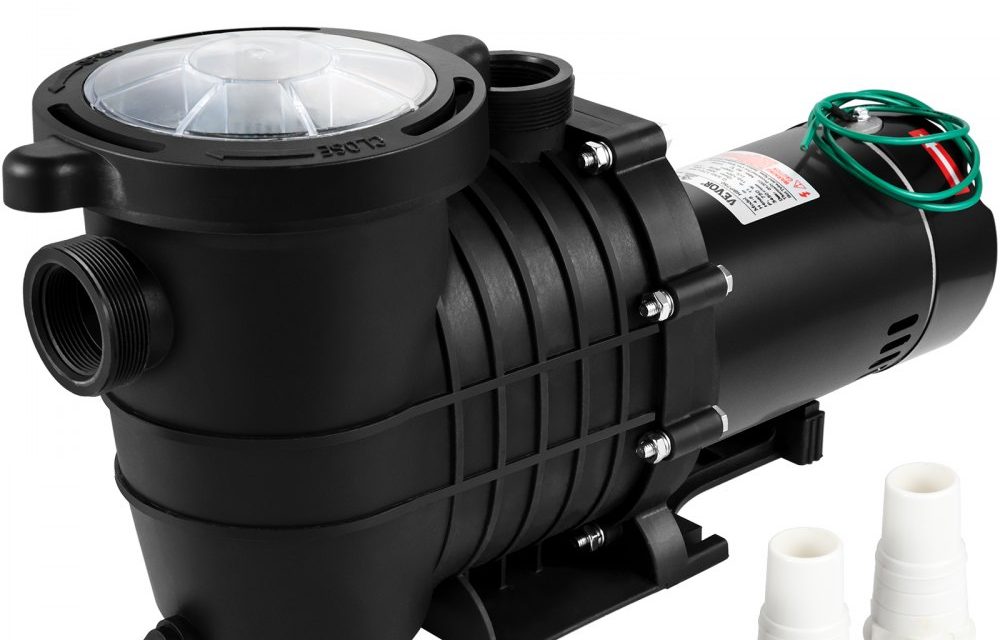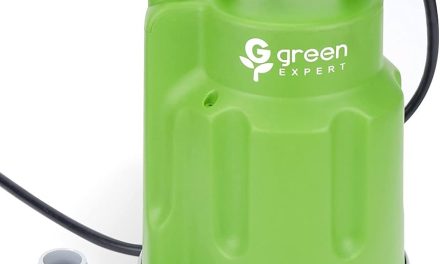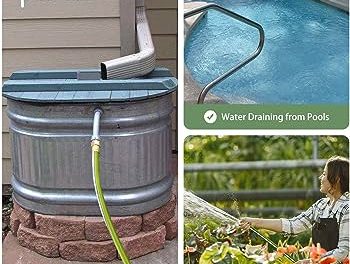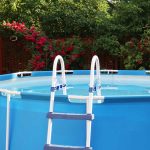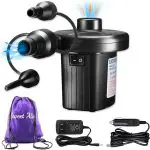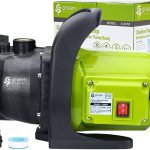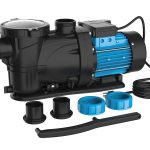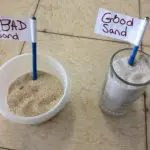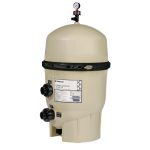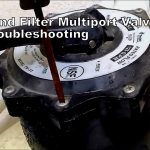A pool pump is the essential component that circulates water in a swimming pool. It pulls water from the pool through the skimmer and main drain, pushes it through the filter, and then returns it to the pool through the main returns.
The pump consists of three key parts: the motor, the impeller, and the hair and lint trap. By performing these functions, the pool pump ensures proper water circulation and filtration, keeping the pool clean and safe for swimming. Choosing the right pool pump is crucial for maintaining water quality and efficiency in pool operation.
The Importance Of A Pool Pump
The pool pump plays a crucial role in the proper functioning of a swimming pool. It serves as the heart of the pool’s circulation system. This vital component pulls water from the pool, passing it through the skimmer and the main drain.
The water is then pushed through the filter, where impurities and debris are removed. Finally, the clean water is returned to the pool through the main returns. The pool pump consists of three essential parts: the motor, which powers the pump, the impeller, which creates the necessary suction force, and the hair and lint trap, which prevents clogs and protects the pump.
Understanding the importance of a pool pump and how it contributes to circulation is crucial for maintaining a clean and healthy swimming pool.
How Does A Pool Pump Work?
The pool pump serves as the heart of a swimming pool’s circulation system, responsible for maintaining clean and clear water. It operates by pulling water from the pool through the skimmer and main drain, pushing it through the filter to remove debris and impurities, and then returning it back to the pool through the main return outlets.
This process ensures that the water is continually circulated and filtered, keeping it safe and hygienic for swimmers. The pump consists of three essential components: the motor, which powers the operation, the impeller, which creates the flow, and the hair and lint trap, which captures any larger particles before they can reach the filter.
Understanding how the pool pump works is crucial for maintaining optimal pool water quality.
The Functions Of A Pool Pump
The pool pump plays a crucial role in maintaining the circulation system of a swimming pool. It is responsible for pulling water from the pool using both the skimmer and the main drain. Once the water is pulled, the pump pushes it through the filtration system, ensuring that it passes through the filter media and gets rid of impurities and debris.
Finally, the clean and filtered water is returned to the pool through the main returns. The pump consists of essential components such as the motor, impeller, and hair and lint trap, all working together to ensure efficient water circulation and a clean pool environment.
Maintaining Optimal Circulation
The pool pump plays a crucial role in maintaining optimal circulation of the water in your swimming pool. Regular maintenance is key to ensure its efficient functioning. Here are some important tips for maintaining your pool pump. Firstly, regularly check the pump for any debris or clogs that may affect its performance.
Secondly, inspect the pump’s motor and ensure it is running smoothly without any unusual noises. Thirdly, monitor the water pressure and flow rate to ensure they fall within the recommended range. Additionally, be aware of common pump issues such as leaks, low suction, or overheating, and troubleshoot them promptly.
Remember to schedule professional maintenance and servicing to keep your pool pump in top shape. By following these tips, you can ensure that your pool pump operates effectively and keeps the water in your pool clean and well-circulated.
Upgrading To A Variable Speed Pump
A pool pump is responsible for the circulation of water in a swimming pool. It plays a crucial role in maintaining water clarity and hygiene. One beneficial upgrade option for pool owners is switching to a variable-speed pump. This technology offers several advantages, starting with energy efficiency and cost savings.
Variable speed pumps can operate at different speeds, allowing you to customize the flow rate based on your pool’s needs. This flexibility not only reduces energy consumption but also extends the lifespan of the pump. Additionally, variable speed pumps offer quieter operation and better filtration, ensuring cleaner water for your swimming pool.
Upgrading to a variable speed pump is a wise choice for any pool owner looking to optimize their pool’s performance while saving on operating costs.

Credit: www.amazon.com
Selecting The Right Pool Pump
The pool pump plays a crucial role in the circulation system of a swimming pool. It acts as the heart of the system, pulling water from the pool through the skimmer and main drain. Once the water is pulled in, it is pushed through the filter to remove any debris or impurities.
Finally, the clean water is returned to the pool through the main returns. The pump is composed of three essential components: the motor, impeller, and hair and lint trap. When selecting the right pool pump, it is important to consider the horsepower and pump size, taking into account whether you have an in-ground or above-ground pool.
Determining the appropriate horsepower and pump size will ensure the efficient and effective circulation of water in your pool.
Signs Of A Failing Pump
A pool pump serves as the heart of a swimming pool’s circulation system, performing vital functions. It draws water from the pool via the skimmer and main drain, passes it through the filter, and sends it back through the main returns.
The pump consists of three key components: the motor, impeller, and hair and lint trap. The motor powers the pump, while the impeller creates the necessary flow for water circulation. The hair and lint trap help prevent debris from reaching the impeller and clogging the system.
By maintaining proper water circulation, the pool pump helps keep the water clean, clear, and safe for swimming. A failing pump can exhibit various signs, such as reduced water flow, unusual noises, or leaks. When these signs become apparent, it may be time to consider replacing the pump.
Factors to consider when replacing a pump include the pump’s age, efficiency, and compatibility with the pool system.
Frequently Asked Questions For What Does A Pool Pump Do?
What Is The Point Of A Pool Pump?
A pool pump circulates water by pulling it from the pool, pushing it through the filter, and returning it back.
Do You Really Need A Pool Pump?
A pool pump is essential for circulating water in your pool, filtering out debris, and maintaining cleanliness.
Does A Pool Pump Clean The Pool?
A pool pump circulates water by pulling it through the skimmer and main drain, pushing it through the filter, and returning it to the pool.
Conclusion
Having a clear understanding of what a pool pump does is crucial for any pool owner. The pool pump acts as the heart of the circulation system, ensuring proper water flow and filtration. It works by pulling water from the pool through the skimmer and main drain, and then pushing it through the filter to remove dirt, debris, and impurities.
Finally, the clean and filtered water is returned to the pool through the main returns. The pump consists of various components, including the motor, impeller, and hair and lint trap, all working together to keep the water circulating effectively. Regular maintenance and periodic replacement of the pump are important to ensure its proper functioning.
By investing in a quality pool pump and understanding its role, pool owners can enjoy a clean and safe swimming experience.

